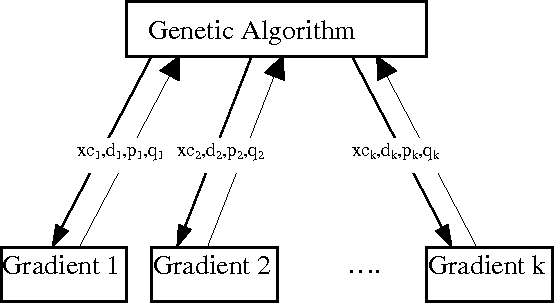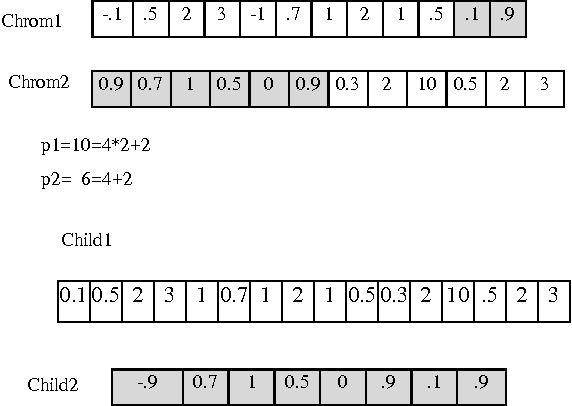Mohamed Adel Alimi
A proposition of a robust system for historical document images indexation
Aug 28, 2013



Abstract:Characterizing noisy or ancient documents is a challenging problem up to now. Many techniques have been done in order to effectuate feature extraction and image indexation for such documents. Global approaches are in general less robust and exact than local approaches. That's why, we propose in this paper, a hybrid system based on global approach(fractal dimension), and a local one based on SIFT descriptor. The Scale Invariant Feature Transform seems to do well with our application since it's rotation invariant and relatively robust to changing illumination.In the first step the calculation of fractal dimension is applied to images in order to eliminate images which have distant features than image request characteristics. Next, the SIFT is applied to show which images match well the request. However the average matching time using the hybrid approach is better than "fractal dimension" and "SIFT descriptor" if they are used alone.
* 7 pages
Categorizing ancient documents
Aug 28, 2013



Abstract:The analysis of historical documents is still a topical issue given the importance of information that can be extracted and also the importance given by the institutions to preserve their heritage. The main idea in order to characterize the content of the images of ancient documents after attempting to clean the image is segmented blocks texts from the same image and tries to find similar blocks in either the same image or the entire image database. Most approaches of offline handwriting recognition proceed by segmenting words into smaller pieces (usually characters) which are recognized separately. Recognition of a word then requires the recognition of all characters (OCR) that compose it. Our work focuses mainly on the characterization of classes in images of old documents. We use Som toolbox for finding classes in documents. We applied also fractal dimensions and points of interest to categorize and match ancient documents.
* 10 pages
Hierarchical Learning Algorithm for the Beta Basis Function Neural Network
Oct 30, 2012



Abstract:The paper presents a two-level learning method for the design of the Beta Basis Function Neural Network BBFNN. A Genetic Algorithm is employed at the upper level to construct BBFNN, while the key learning parameters :the width, the centers and the Beta form are optimised using the gradient algorithm at the lower level. In order to demonstrate the effectiveness of this hierarchical learning algorithm HLABBFNN, we need to validate our algorithm for the approximation of non-linear function.
 Add to Chrome
Add to Chrome Add to Firefox
Add to Firefox Add to Edge
Add to Edge